DHI
What is Beard and Moustache Transplantation?
Beard and moustache transplantation involves transplanting hair roots from the donor area to the area where beard or moustache is needed. Beard and moustache are crucial elements of men's external appearance, and deformations or gaps in these areas due to genetic, hormonal, or other reasons are common. This method offers several benefits, such as not requiring epilation since the desired areas are planted as requested by the person after the operation, restoring or enhancing facial characteristics, and making the person look mature for their age.
View more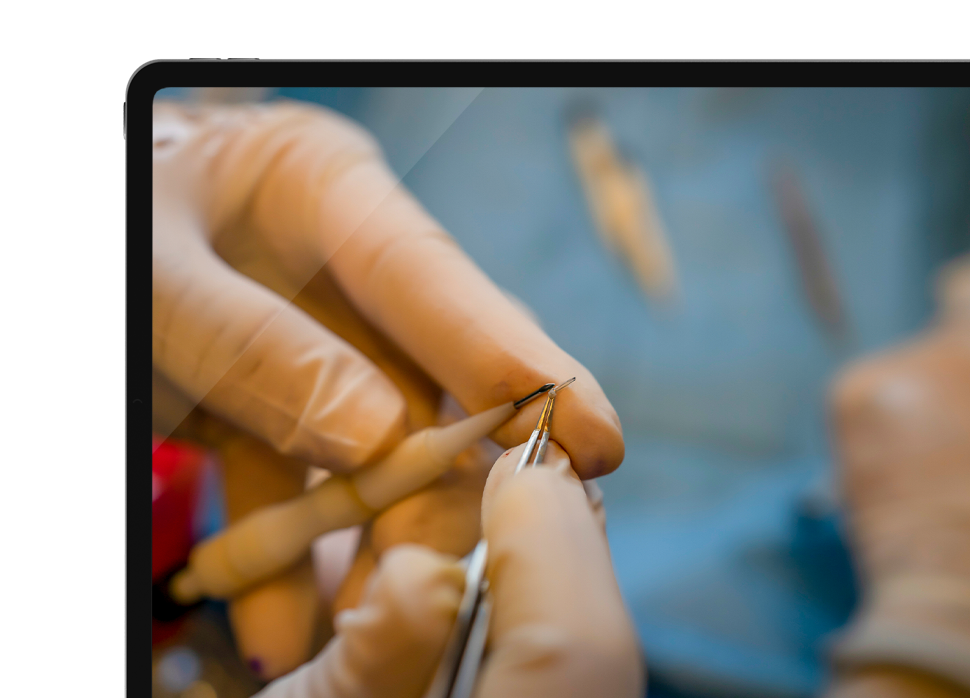
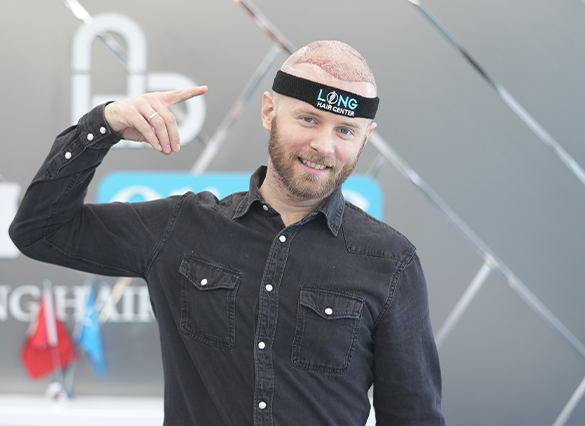
The DHI method comprises the following steps:
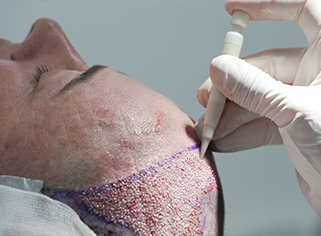

Advantages:
Accurate Placement of grafts: DHI allows for precise control over the angle, direction,
and depth of hair follicle implantation, resulting in a natural-looking hairline
Least Invasive: DHI involves minimal handling of grafts and doesn't require creation of
channels on recipient areas beforehand.
No Scalpel: The DHI technique doesn't involve scalpels, leading to less scarring and a
faster recovery time
Higher Graft Survival: Because grafts are implanted immediately after extraction, their
survival rate can be higher compared to techniques where grafts are stored before
implantation
Suitable for Various Hair Types: DHI can be used for different hair types, including curly
or wavy hair, as the precise implantation allows for natural results

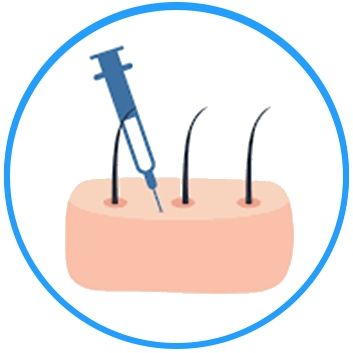
Disadvantages:
Unique Technique: The Direct Hair Implantation (DHI) technique is somewhat more
intricate than basic hair transplant methods, requiring doctors and a specialized
team with specific training and skills.
Limited Graft Quantity: Due to the time-sensitive nature of the procedure, DHI
might not be ideal for very large graft sessions in a single sitting.
Higher Cost: The advanced technique and the expertise required a higher cost
compared to other hair transplantation methods.
Extended duration of the process.: Doing DHI takes time because each graft needs
to be placed very carefully.
Outcomes Based on Skill: The effectiveness of the DHI method depends a lot on
how skilled and experienced the medical team is. This can result in different levels
of success when different practitioners use the method
DHI
DHI (Direct Hair Implantation) is not a new technique. In fact, it’s an improved version of FUE hair implantation, encompassing the same procedural steps and outcomes. In a FUE hair transplant, the doctor creates channels over the recipient area using sapphire blades and places the grafts into the opened channels. In contrast, the DHI method employs a tool resembling a ballpoint pen to insert the grafts into the recipient area without creating any channels. This tool is called the Choi pen.
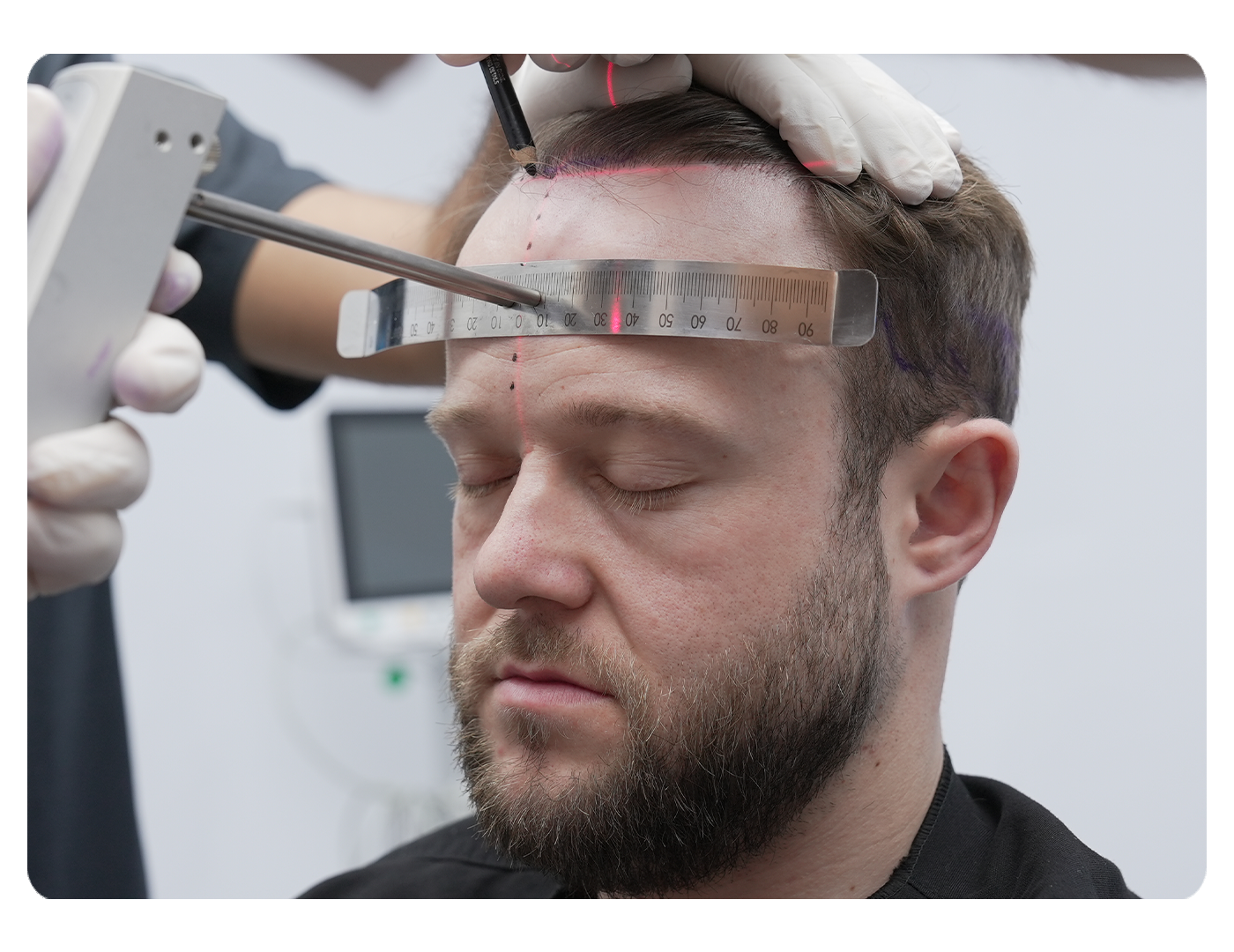
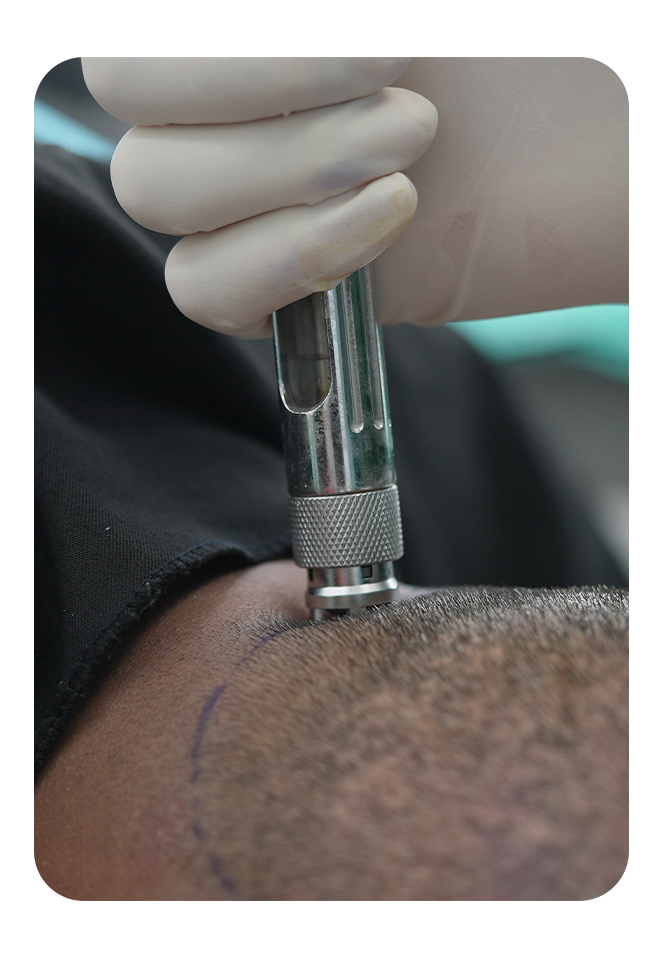
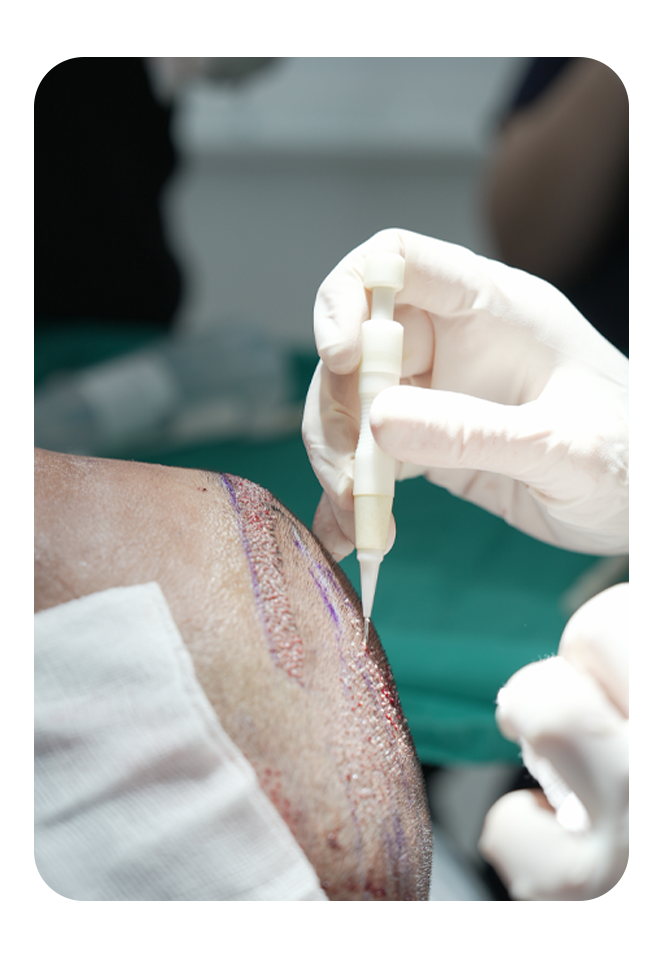
Let us examine the process of DHI. A DHI hair transplant is performed using a Choi pen during implantation. This compact device, shaped like an interlocking ballpoint pen, has an outer Teflon coating and is designed to withstand temperatures of up to 130 degrees Celsius. The needle at the end of the pen is used to place the grafts. The needle resembles an injector but is vertical, with serrated endpoints. The serrated ends are designed in this way to facilitate the placement of hair grafts into the needle prior to the transplant.
The DHI method comprises the following steps:- Hairline design.
- Anesthesia.
- Extraction of the grafts.
- Implantation of the grafts using Choi pens.

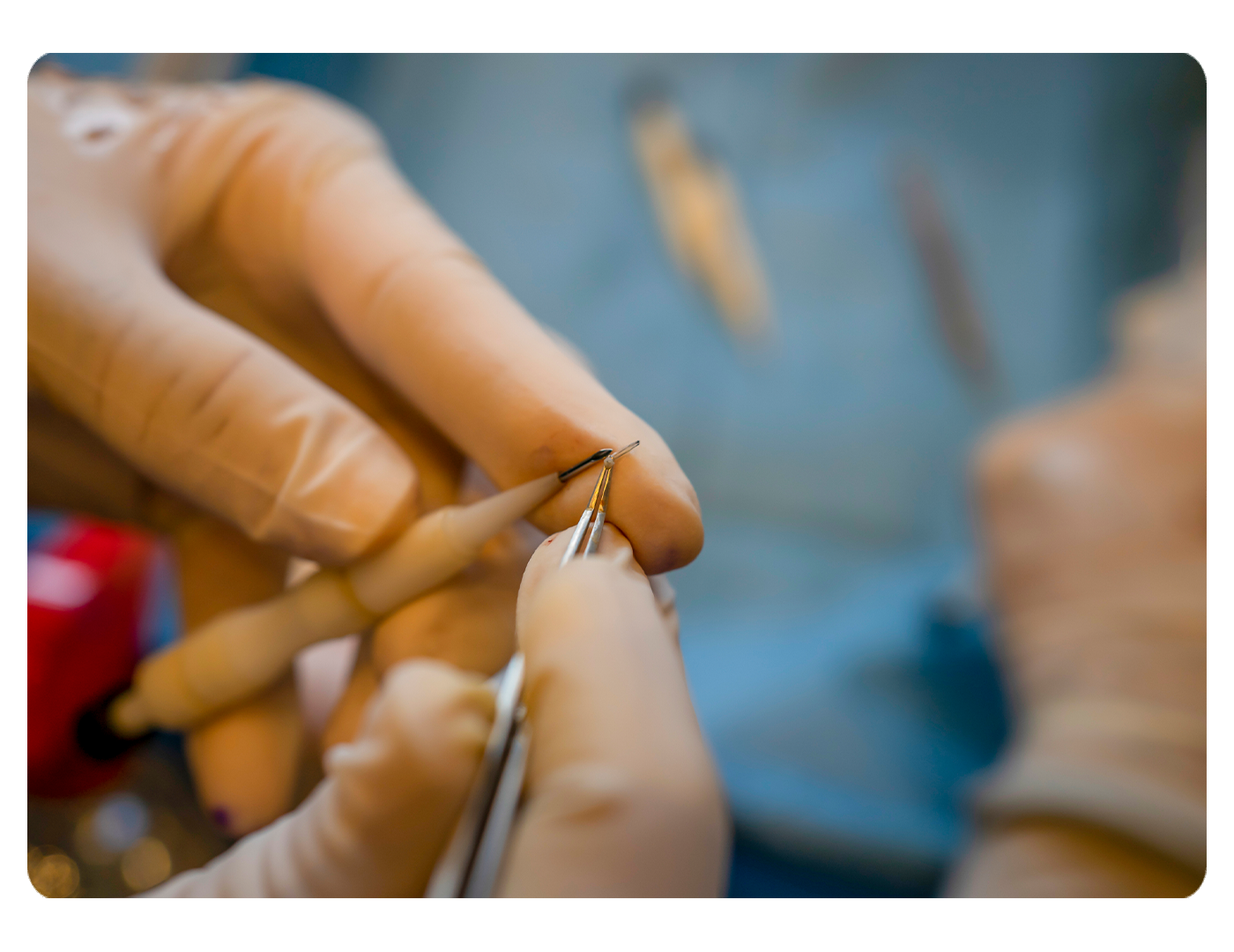
- Accurate Placement of grafts: DHI allows for precise control over the angle, direction, and depth of hair follicle implantation, resulting in a natural-looking hairline.
- Least Invasive: DHI involves minimal handling of grafts and doesn't require creation of channels on recipient areas beforehand.
- No Scalpel: The DHI technique doesn't involve scalpels, leading to less scarring and a faster recovery time.
- Higher Graft Survival: Because grafts are implanted immediately after extraction, their survival rate can be higher compared to techniques where grafts are stored before implantation.
- Suitable for Various Hair Types: DHI can be used for different hair types, including curly or wavy hair, as the precise implantation allows for natural results.
- Unique Technique: The Direct Hair Implantation (DHI) technique is somewhat more intricate than basic hair transplant methods, requiring doctors and a specialized team with specific training and skills.
- Limited Graft Quantity: Due to the time-sensitive nature of the procedure, DHI might not be ideal for very large graft sessions in a single sitting.
- Higher Cost: The advanced technique and the expertise required a higher cost compared to other hair transplantation methods.
- Extended duration of the process.: Doing DHI takes time because each graft needs to be placed very carefully.
- Outcomes Based on Skill: The effectiveness of the DHI method depends a lot on how skilled and experienced the medical team is. This can result in different levels of success when different practitioners use the method.
FREQUENTLY_ASKED_QUESTIONS
The hair grafts are extracted from the backside of the head, which we determine as between two ears and above the neck. The reason for choosing this specific area as a donor (extraction zone) is that the hair grafts in this region are genetically encoded against inherent hair fall. If the extraction process from this region is performed with better quality artistry, hair fall will never occur for a lifetime. Therefore, we take the hair grafts from the backside of the head, which we call the donor area.
The hair roots are homogeneously extracted one by one with the help of the latest technology system called the FUE method. After the process is over, the hair will never grow the place taken from since it is taken with its root, but it will not be visible since it is done with cater-corner homogeneously
The hair grafts are extracted from the backside of the head, which we determine as between two ears and above the neck. The reason for choosing this specific area as a donor (extraction zone) is that the hair grafts in this region are genetically encoded against inherent hair fall. If the extraction process from this region is performed with better quality artistry, hair fall will never occur for a lifetime. Therefore, we take the hair grafts from the backside of the head, which we call the donor area.
The hair roots are homogeneously extracted one by one with the help of the latest technology system called the FUE method. After the process is over, the hair will never grow the place taken from since it is taken with its root, but it will not be visible since it is done with cater-corner homogeneously
After the hair transplant has been done, our medical consultant assistant will, without stint, follow the whole process with you until you achieve the best result. We will describe to you the growth process of all the hair grafts, respectively.
1-On the 10th day, the process of cleaning scabs will be done.
2-After one month, implanted hair begins to shed moderately.
3-The implanted hair enters the shock hair loss during the 2nd, 3rd, or 4th month, called the resting phase. During this process, you will face a view as if no hair transplant has been done.
4-At the end of the 4th month, the implanted roots will gradually start to grow progressively, and each month will grow faster and more hair than the previous month.
5-In the 7th month, almost 70% of the transplanted hair ultimately grows.
6-All transplanted hairs may take 12 months for the front zone and 14 months for the crown region to grow
The regrowth period of the transplanted hair may vary from person to person. It is a fact that hair roots come out earlier or later than expected, depending on a person's habits such as smoking, alcohol, drugs, and eating habits.
After the hair transplant has been done, our medical consultant assistant will, without stint, follow the whole process with you until you achieve the best result. We will describe to you the growth process of all the hair grafts, respectively.
1-On the 10th day, the process of cleaning scabs will be done.
2-After one month, implanted hair begins to shed moderately.
3-The implanted hair enters the shock hair loss during the 2nd, 3rd, or 4th month, called the resting phase. During this process, you will face a view as if no hair transplant has been done.
4-At the end of the 4th month, the implanted roots will gradually start to grow progressively, and each month will grow faster and more hair than the previous month.
5-In the 7th month, almost 70% of the transplanted hair ultimately grows.
6-All transplanted hairs may take 12 months for the front zone and 14 months for the crown region to grow
The regrowth period of the transplanted hair may vary from person to person. It is a fact that hair roots come out earlier or later than expected, depending on a person's habits such as smoking, alcohol, drugs, and eating habits.
In hair transplantation, the hair roots are extracted from the entire backside of the head, including above the ears and neck, which we call the donor area. The number of roots is determined according to the volume and quality of the bald area, and the extraction is done homogeneously. Since the extracted grafts from this particular donor area are immune to shedding from birth and are genetically coded against shedding, they do not shed and last a lifetime. Indeed, it is determined according to the knowledge and skills of the doctor who extracts these hair roots in a quality way and performs the hair transplant. Hair grafts are found in the donor region as a triple, double, and single hair. In addition, this grouped form differs from person to person. The important thing is to extract these grouped hair roots without cutting, destroying, and damaging them. People who do not have hair follicles in the donor area, either have been treated for cancer or are struggling with a different disease.
As a result, the transplanted roots never fall out again.
90% of the people who have hair transplants in the Long Hair Center do not have postoperative pain. The reason is that the local anesthesia before the surgery is applied with good quality, which causes less harm to the grafts during the operation. We put pain killer medicins between your medical kit after the operation. However, most of our patients who have hair transplants do not need it.
